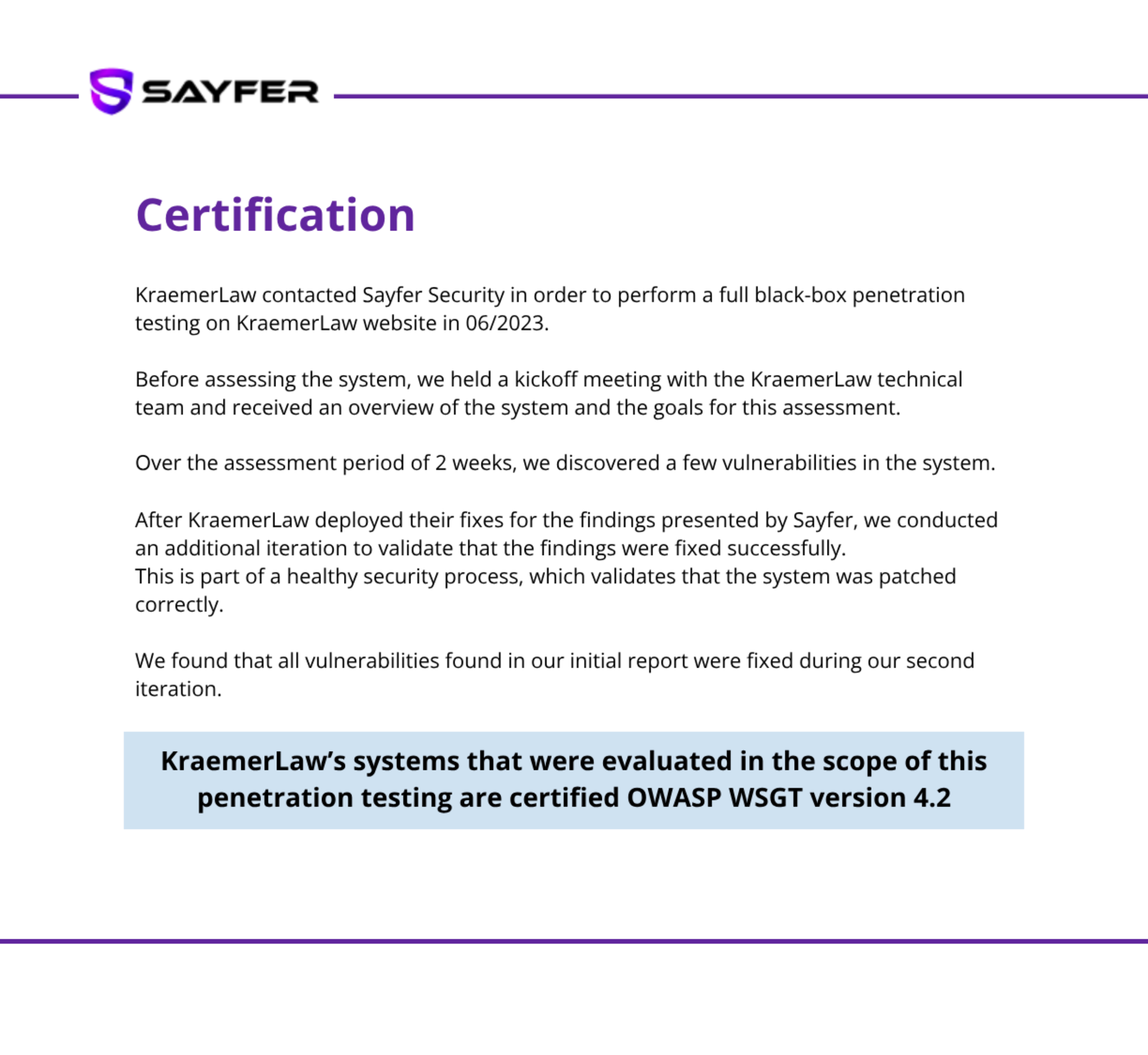On September 19, 2019, the Public-Private Partnership (PPP) Regime was created with the objective of regulating processes for the development of investment projects. The purpose of this law is to promote the development of infrastructure and public services in Panama, helping the growth of the economy, job creation, competitiveness, and improving the living conditions of the entire population.
Application of Law 93
This law applies to entities of the non-financial government sector, municipalities, and mercantile corporations with 51% state ownership.
The law excludes the Instituto de Acueductos y Alcantarillados Nacionales, the Panama Canal Authority, Caja de Seguro Social, Banco Nacional de Panamá, Caja de Ahorros, Banco de Desarrollo Agropecuario, Banco Hipotecario Nacional, Instituto de Seguro Agropecuario, the Superintendencia del Mercado de Valores, and the Superintendencia de Bancos de Panamá.
Classification of PPPs according to their financing
Self-financed: all project costs are recovered from revenues received by the PPP contractor.
Co-financed: requires financial resources from the state, either transfers, guarantees, or both.
PPP Contract
The PPPs constitute a public contractual modality of up to 30 years, extendable for up to 10 more years. According to the law, these are some of the elements that must be included in a PPP contract:
- Responsibilities and rights of the parties.
- Allocation of project risks.
- Contractor’s obligations.
- Terms of payment to the contractor.
- Compliance control mechanisms.
The PPP Contract also establishes penalties for non-compliance, which could include pecuniary fines, up to termination of the contract, depending on the seriousness of the breach.
For more details on Law 93 of 2019 on Public-Private Partnerships see here.
